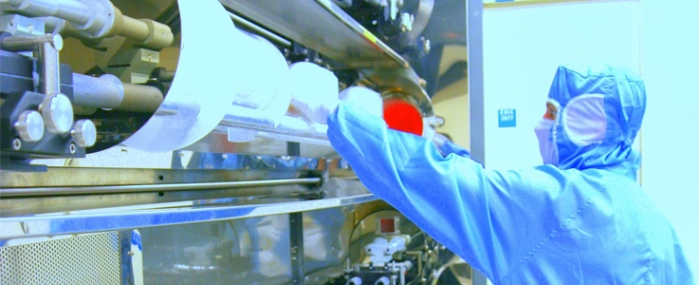
© Murata (illustration purpose only)
Analysis |
MLCC shortages create challenges in 2018
Limited capacity expansion in the MLCC (Multi-Layer Ceramic Capacitor) industry, specifically the ability to stack ceramic layers are forecast to extend shortages of MLCC to 2020 and beyond.
As a result of expanding margins in ceramics, MLCC manufacturers are not supporting low margin ceramic businesses, especially those that have exposure to precious metals such as ruthenium and palladium, writes market analyst Dennis Zogbi (Paumanok Publications, Inc) in his TTi MarketEye column.
The most cost effective solution at the moment — and this will continue to hold true for the next ten years according to the analyst — is the stacking of ceramic. However, any segment that other dielectrics can be employed will now grow as manufacturers have no choice but to distance themselves from such a tremendous reliance on barium titanate based ceramic dielectric. This will impact demand and capacity for other dielectrics, and may force the development of next generation ultra-small component technologies that are based upon new processes (but familiar materials).
The traditional methods for addressing a parts shortage is to assume all manufacturers are the same and simply move down the supply base from tier one, all the way to tier three vendor levels and then target specific products that might be critical but unusual (high voltage, high temperature, NPO type), but can be sourced from smaller vendors in China, Singapore, Thailand, Malaysia, Slovenia, Hungary, Czech Republic, Japan, Australia, etc.
The problem with this scenario is that everyone is already on this course of action as a viable strategy and capacity has already filled up in most of those areas.
Alternative methods outside the mainstream are already upon us in the form of thin and thick film integrated passive devices and integral passive substrates. This is the next generation of capacitance, resistance and inductance generation for volumetric efficiency and the next big area for passive component investment. The TDK investment in thin film barium strontium titanate production speaks volumes for the future, and Murata’s purchase of IPDIA points the way toward the next requirements for handset module manufacturers and wearables to generate power, connect and provide the capacitance and energy density needed to create advanced functionality and complete autonomous black box systems, be it a module, handset or automobile.
More information regarding this topic can be found at Paumanok Publications.
